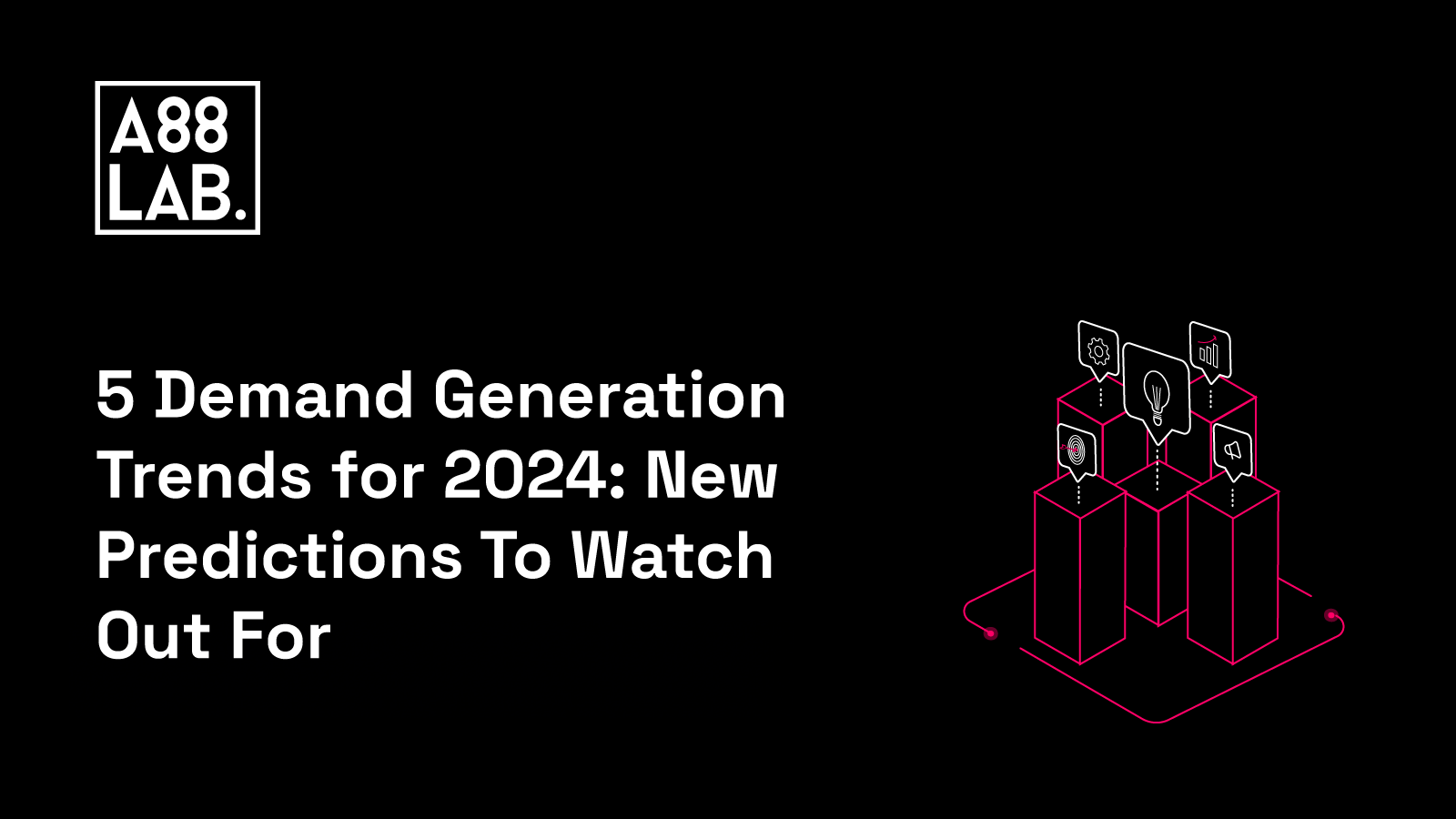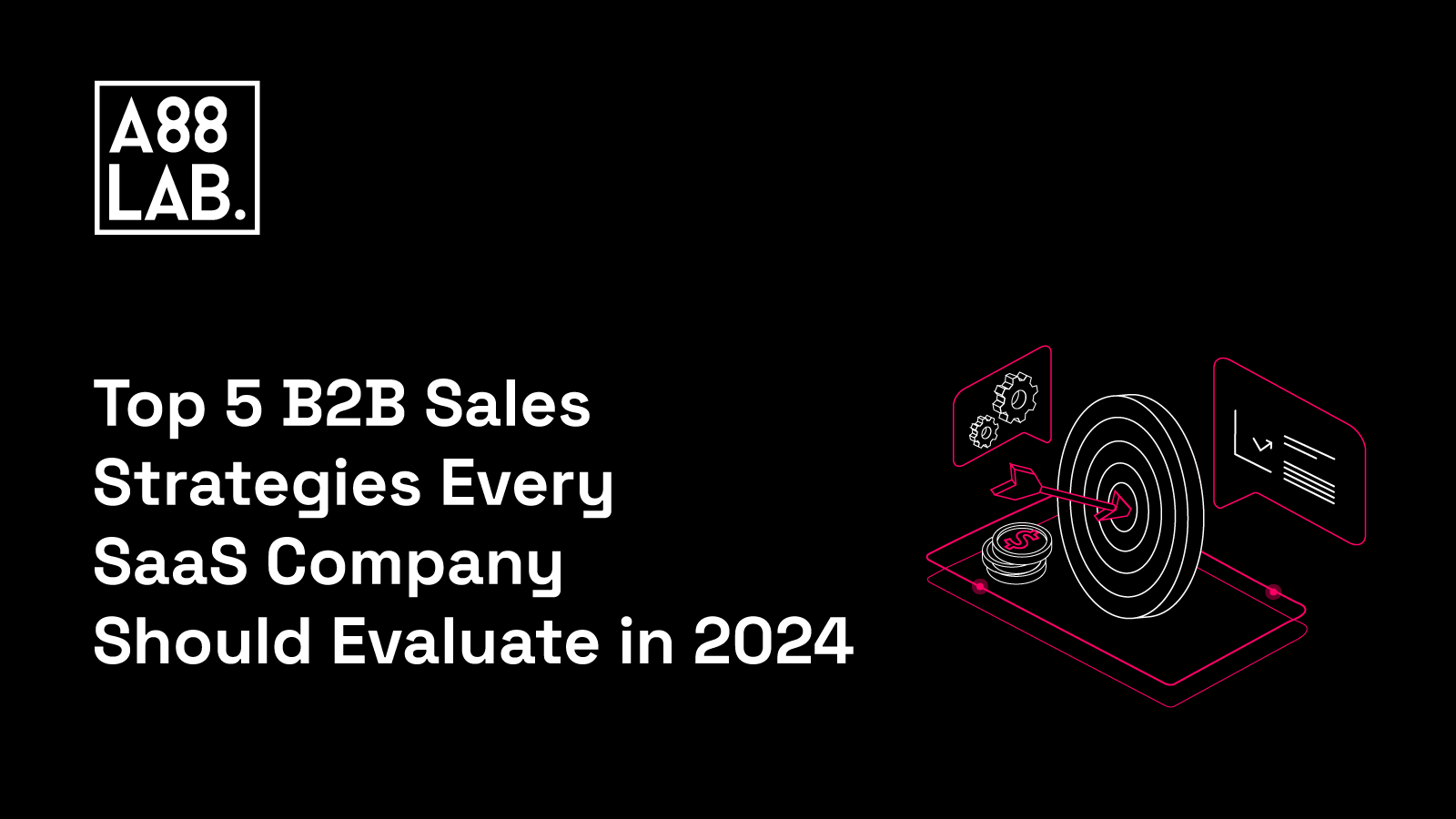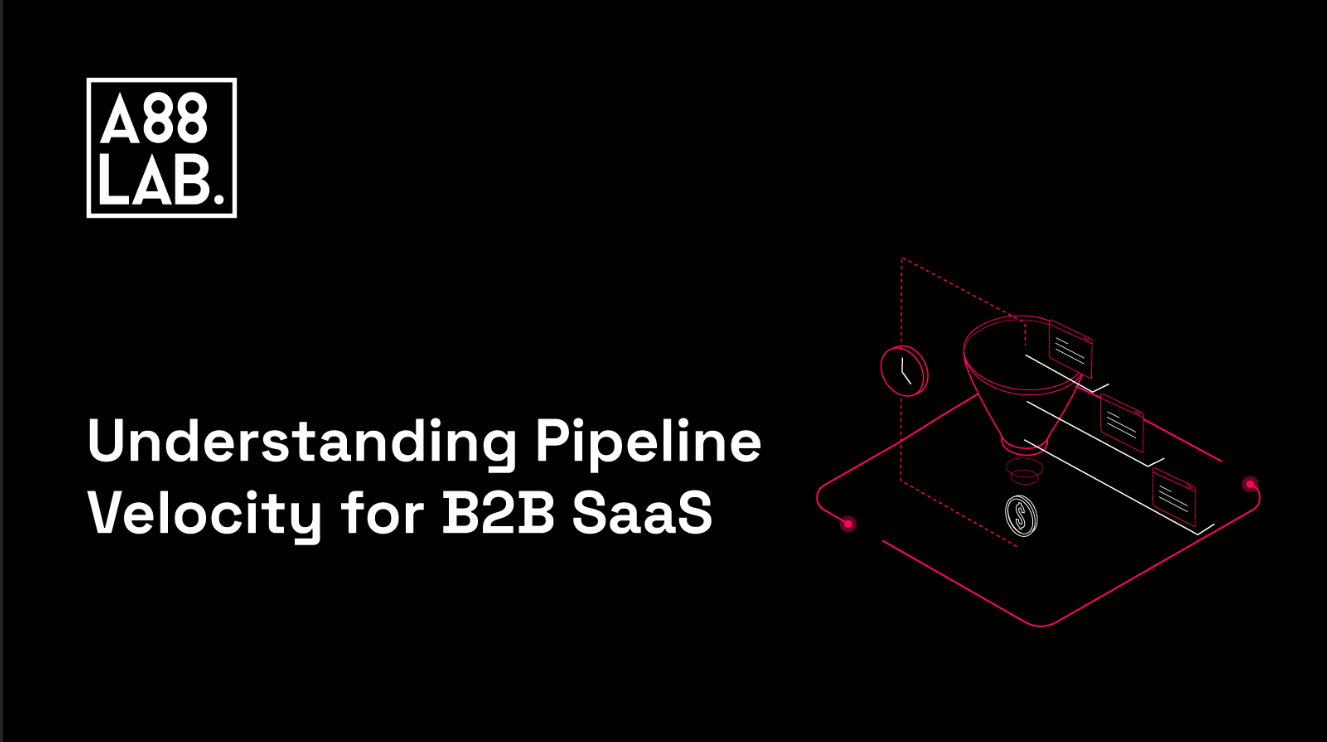The rise of AI, machine learning, and marketing automation over the past few years has completely changed how SaaS companies do business and generate demand. This was only the beginning of what we now call Demand Generation 2.0.
Demand Generation 2.0 is all about creating a holistic experience for your customers and engaging them at every touchpoint throughout their customer journey. It prioritizes engagement over monetization, creating authentic connections and building trust with your audience.
As we come near the end of 2023, we can look back at some trends that are better left in the past and look ahead to what will shape demand generation strategies in 2024. Let's take a look at six demand generation trends that we predict will dominate the market in the coming year.
The Growing Influence of ABX in Demand Generation
If you're looking to boost your demand generation efforts, it’s most likely that Account-Based Marketing (ABM) is not an unknown strategy for you. However, as we look towards 2024, ABM alone might not be enough to meet the growing demands of your customers.
That's where Account-Based-Experience (ABX) comes in. ABX is a more data-oriented approach that focuses on delivering personalized and tailored customer experiences throughout the entire B2B customer journey, not just the buying process. By aligning sales, marketing, and customer service teams, ABX helps companies build long-term relationships with customers and drive growth in their businesses.

One of the key benefits of ABX is that it shortens the buying cycle by contacting customers after they engage with some type of ABM content. This allows companies to focus on building loyalty and long-term relationships.
By adopting ABX as part of your demand generation strategy, you can deliver more personalized customer experiences and build stronger relationships with your customers. And, while It's difficult to predict the future, given the growing importance of customer experience in today's business landscape, it is highly likely to see ABX becoming an increasingly popular demand generation trend in the coming years.
From Channel-Specific Campaigns to a Programmatic, Always-On Approach
In 2024, we will most likely see a shift from channel-specific campaigns to programmatic marketing as a primary method for generating demand. This approach involves creating a continuous stream of interactive content such as live event series, newsletters, podcasts, and other "always-on" content. It's a great way for marketers to establish more consistent and responsive relationships with their customers, resulting in better overall results and ROI.
To be successful in programmatic marketing, marketers will need to focus on building and maintaining a strong foundation. They should take the time to understand their target audiences, develop a robust content strategy, and use data analysis to optimize campaigns. By utilizing the latest technologies and platforms, you’ll be able to create more personalized and engaging experiences that drive demand and generate better results.
Programmatic marketing will become an effective approach to generating demand in the upcoming year that will enable marketers to connect with customers in a more meaningful and consistent way. By focusing on building a strong foundation and utilizing the latest technologies, marketers can achieve better overall success and ROI in the years to come.
Social Media Budget Allocations Toward Dark Social Channels
One intriguing trend that we would most likely see continue gaining momentum when it comes to demand generation is the shift in social media budget allocations toward Dark Social. The B2B buyer's journey has several touchpoints that happen in places that cannot be tracked, such as Dark Social channels like WhatsApp, Facebook Groups, Messenger, Slack, and others.
By leveraging these channels, your SaaS company will be able to maintain personal relationships with its customers and craft engaging content to establish category dominance and generate demand.
-2.gif?width=480&height=268&name=giphy%20(1)-2.gif)
Although it is somewhat unmeasurable, understanding the Dark Funnel is essential for SaaS marketers to fine-tune their strategies and foster more captivating interactions with potential customers. By embracing this fresh perspective on demand generation, SaaS enterprises unlock a number of opportunities. Dark Social emerges as a trend laden with opportunities for kindling demand and nurturing customer loyalty.
Through strategic investments in Dark Social, SaaS companies will be able to gain a competitive advantage by maintaining stronger relationships with potential customers at the same time. So, don't miss out on the chance to capitalize on this exciting new trend and see your SaaS growth.
New Privacy-Compliant Demand Generation
In 2023, Google decided to stop using third-party cookies for privacy reasons. This new policy presents a challenge for marketers who rely on tracking user data for their demand generation strategy and personalized content. As a result, we can predict that in 2024, demand generation will shift towards privacy-compliant strategies.
This means finding new ways to collect and analyze customer data without compromising their privacy and complying with regulations such as GDPR and CCPA. Some methods may include gathering first-party data through consent forms, using AI algorithms to process anonymized data, or implementing a zero-party data collection strategy.
This also means that you will need to implement new approaches, such as conversational marketing and email marketing, with user consent. With conversational marketing, your marketers will be able to interact directly with users through chatbots or messaging platforms, which will help you collect valuable first-party data and create more personalized relationships with your customers.
Another alternative SaaS companies will be implementing in their demand gen strategy is IP advertising, which targets buying groups based on their company's IP address. This approach allows marketers to reach specific audiences without relying on cookies or other tracking technologies. Instead, they can use company-level data to target ads and tailor their messaging to specific industries or niches.
So, despite the cookie change, businesses can still gather useful data from first-party cookies on their websites. This data can be used to personalize user experiences, track user behavior, and improve website performance. To ensure effective demand generation, marketers can leverage tools like Google's Privacy Sandbox, which offers privacy-friendly alternatives to cookies such as Federated Learning of Cohorts (FLoC).
Integrating Automation With Genuine Human Interactions
The rise of automation tools made demand generation an easier process for a lot of SaaS companies. Thanks to tools like HubSpot or Marketo, you can now streamline various aspects of demand generation like email marketing, social media, or lead nurturing. While automation has undeniably transformed demand generation, it's essential to recognize the potential drawbacks of relying solely on it.
Automation is effective, but it can never replace genuine human interactions. Despite advances in technologies, like automation, data, or AI, they're just tools to be used to make our lives easier and organizations more productive. Relying solely on them can make customers feel like just another data point in a system rather than valued individuals with unique needs.
In 2024, if you want to have a successful demand generation, you need a balance between the efficiency of automation and human interactions so you do not lose sight of the importance of genuine connections and ethical decision-making. Whether through personalized outreach from BDRs and SDRs or thoughtful responses from customer service, SaaS businesses that master this balance will stand out in a market saturated with automated communications.
Ultimately, the goal is to create stronger and more enduring relationships with customers. Automation can handle repetitive tasks and data analysis, but genuine human interactions add the emotional depth necessary for building lasting connections.
As we look ahead to 2024, it's not just about meeting demand; it's about doing so in a way that resonates with customers on a personal level, fostering loyalty, and setting the stage for sustained business growth.
Conclusion
In conclusion, demand generation in 2024 will be defined by innovative approaches and strategic thinking. With most SaaS companies copying each other's playbooks in the past, the future of demand generation has to be more diverse and creative.
The trends we discussed above are only a glimpse of what's to come, and it's exciting to think about how the SaaS industry will evolve in the next few years. As technologies advance and consumer behavior changes, demand-generation strategies must also adapt. Keep these trends in mind as you plan your campaigns, but don't forget to continuously analyze and iterate based on your unique audience and goals. Here's to a successful demand-generation journey in 2024 and beyond!
.png)


